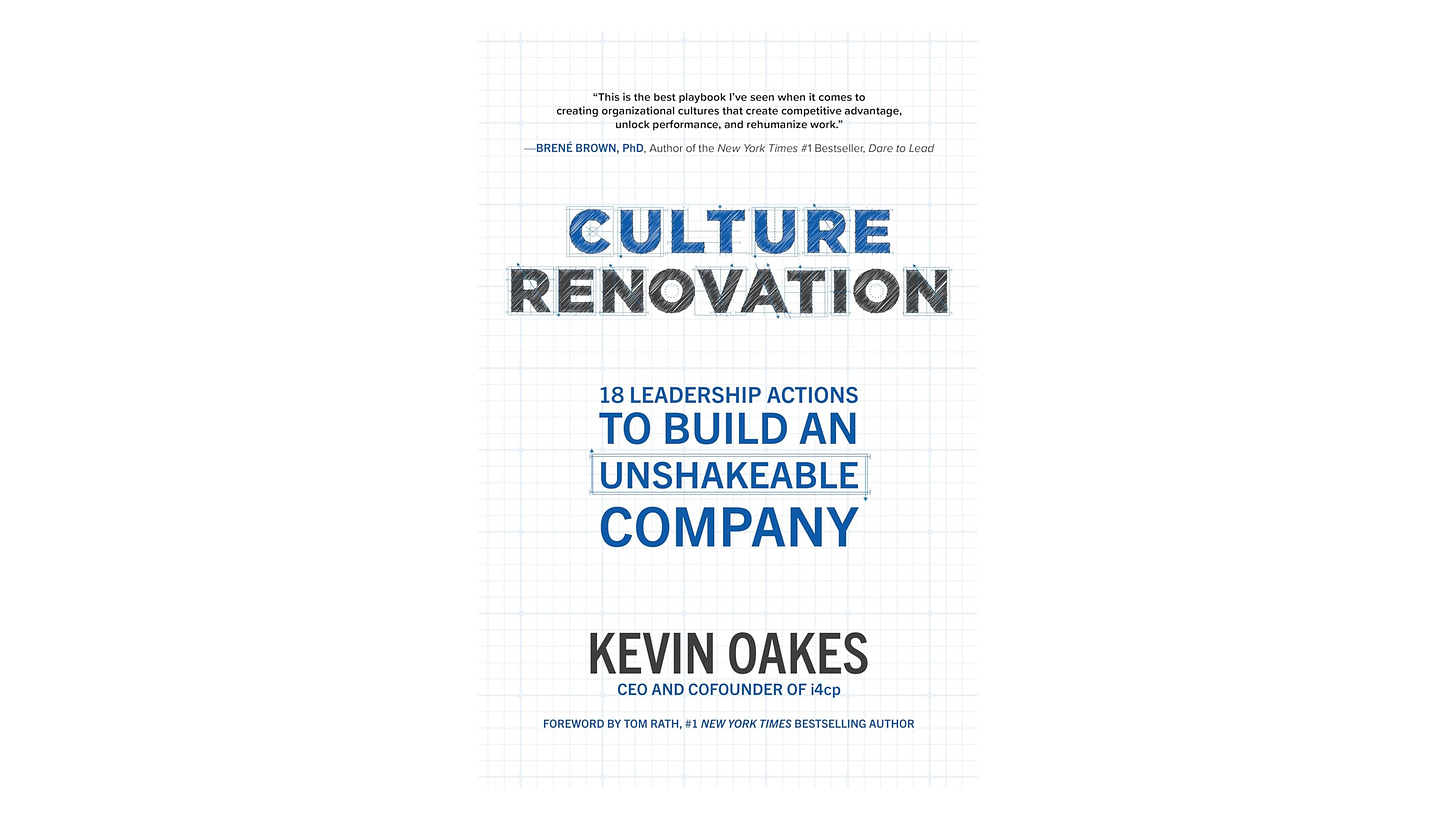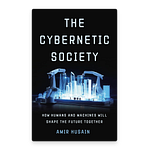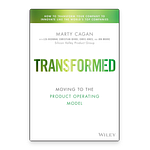When Satya Nadella became Microsoft's CEO in 2014, the tech giant was stagnating. Internal competition strangled innovation. Five years later, the company's value had soared from $300 billion to over a trillion dollars. The secret wasn't a breakthrough product or strategic acquisition—it was a masterful renovation of Microsoft's culture.
This transformation reveals a critical truth: 85% of cultural change initiatives fail, but those that succeed follow a clear framework. Rather than demolishing everything and starting fresh, successful companies renovate strategically, preserving what works while transforming what doesn't.
The Power of Strategic Listening
Microsoft's renovation began with something deceptively simple: listening. Traditional annual surveys capture snapshots, not reality. They miss the subtle shifts in sentiment that signal brewing problems or emerging opportunities.
Amazon asks employees one strategic question daily before they log in. "Is your manager a simplifier or a complexifier?" Such questions serve dual purposes—prompting reflection while gathering insights. Natural language processing now allows companies to analyze employee sentiment continuously, identifying issues before they become crises.
John Legere, former T-Mobile CEO, put it bluntly: "Listen to your employees, listen to your customers, shut up, and do what they tell you." He backed these words with action, becoming the first T-Mobile CEO to regularly visit call centers nationwide. These weren't photo ops—they were systematic efforts to understand employee experiences and remove obstacles.
Microsoft created a "culture cabinet" that distilled over 50 cultural aspirations into clear, actionable statements. The lesson is unmistakable: before changing culture, understand your current reality through your employees' eyes.
Preserving Your Innovation DNA
In 1923, 3M engineer Richard Drew visited an auto body shop and noticed a painter struggling with messy tape residue. Drew spent two years obsessing over this problem. The result was Scotch masking tape. Soon after, watching a colleague wrap his tape in cellophane, Drew had another insight: what if the adhesive was on the cellophane itself? Scotch tape was born.
These weren't accidents. They emerged from a culture established by William McKnight, who rose from bookkeeper to CEO. McKnight instituted "15 percent time," encouraging employees to experiment outside their normal responsibilities. This policy—which later inspired Google's "20 percent time"—produced countless breakthroughs including Post-it Notes.
McKnight understood that cultural transformation requires balance. His philosophy, formalized in the McKnight Principles, emphasized pushing decisions down through the organization: "If you put fences around people, you get sheep. Give people the room they need."
Current CEO Mike Roman continues this approach. In 2018, he gathered over 21,000 ideas from employees about what to preserve and what to change. Today, 3M treats culture like product development—hypothesizing, iterating, learning, improving. From Drew's keen observation to today's 60,000-product portfolio, 3M demonstrates that transformation isn't wholesale reinvention. It's understanding what to keep, what to evolve, and how to bring people along.
Purpose Beyond Platitudes
Nadella's first major act challenged Microsoft's outdated mission: "A computer on every desk and in every home." Once ambitious, by 2014 it was achieved and obsolete. As Nadella observed, they had confused a temporary goal with an enduring mission. His new purpose was bolder: "To empower every person and every organization on the planet to achieve more."
Effective purpose statements work on multiple levels. They must be relevant to both customers and employees, guide both strategic decisions and daily choices, and differentiate the company from competitors.
CVS demonstrated purpose's power dramatically. In 2014, they stopped selling tobacco products at 7,800 locations—sacrificing $2 billion annually. The reason was profound yet simple: selling tobacco contradicted their purpose of "helping people on their path to better health." Within one year, 100 million fewer cigarette packs were sold in states where CVS had significant presence.
Purpose can't be hollow marketing. It must reflect genuine values and guide real decisions. When purpose, culture, and brand align, companies create a new corporate currency—attracting talent, engaging employees, and resonating with customers.
Behaviors That Build Culture
Every Amazon meeting begins with silence. Attendees spend up to 30 minutes reading detailed memos that presenters spent weeks preparing. Jeff Bezos admits it's strange but insists it drives deeper thinking. "If we don't," he explains, "the executives—like high school kids—will try to bluff their way through the meeting."
This practice illustrates how cultural aspirations must translate into concrete actions. With 77% of adults evaluating company culture before applying for jobs—56% ranking it above compensation—behaviors matter more than values posters.
F5, a global technology company, developed "BeF5"—five core behaviors: customer obsession, helping others thrive, choosing speed, taking ownership, and promoting diversity. Rather than just listing values, F5 embedded them into everything—performance reviews, recognition programs, hiring decisions. The behaviors appear prominently in their Seattle headquarters and are reinforced constantly.
Cultural behaviors flow from the top. When leaders consistently model practices, they cascade throughout the organization. One practical approach is creating "behavior checkpoints" in key processes. Before finalizing decisions, leaders pause and evaluate whether the process matches behavioral goals. If "inclusive decision-making" is core, they ask: "Did we gather input from all affected teams? Did we give adequate time for concerns?"
The Hidden Influencers
Ask any employee if work follows the org chart and you'll get a knowing laugh. Every organization has unofficial "go-to" people who make things happen—the colleague who navigates tricky situations, the quiet problem-solver keeping projects on track. Most executives don't know who they are.
Research reveals that just 3-5% of employees account for up to a third of valuable collaborations. These individuals are crucial to cultural shifts. Through organizational network analysis, companies can map informal influence networks by surveying work relationships or analyzing communication patterns.
This reveals three key players: connectors who serve as resources for many colleagues, boundary spanners who bridge departments, and energizers who create enthusiasm and inspire creativity.
AbbVie established "culture ambassadors" throughout their organization. Human resources chief Tim Richmond discovered these local representatives were crucial for translating corporate initiatives across 75 countries. They provided early warning of resistance and ensured initiatives resonated at all levels.
Companies should systematically identify and engage these informal leaders. Map networks through surveys or communication analysis, then formally enlist influencers as change champions. Cultural change moves at the speed of trust, and these key influencers build and maintain that trust.
Stories That Shape Tomorrow
When Garry Ridge became WD-40's CEO, he required every employee to take the "Maniac Pledge"—a vow to become a "learning maniac." The pledge committed employees to take action, ask questions, and share knowledge without fear. Employee engagement soared above 90%. Stock price increased sevenfold.
Nearly 80% of successful transformations were led by CEOs who communicated consistently and frequently, focusing on future opportunities rather than past problems. Qualcomm's "52 Weeks" program sent one company story weekly to new employees, highlighting values and innovations. These stories became so popular that thousands of existing employees requested them, creating shared narrative throughout the organization.
Effective organizational stories contain three elements: origin (what sparked creation), customer impact (what problem was solved), and future vision (how the company will make a difference). Trader Joe's story of differentiating through unique international foods doesn't just explain their past—it guides their future.
Success demands relentless momentum. In 89% of successful culture changes, leaders maintained commitment through steady town halls, site visits, and consistent messaging. Rather than viewing change as a finite project, successful organizations embrace it as continuous journey. Leaders create a drumbeat of reinforcement touching every corner, signaling that cultural change remains priority long after initial announcements fade.
Summary
Successful cultural transformation follows a clear framework. First, develop comprehensive listening strategies to understand current reality. Second, identify which cultural elements to preserve while evolving others. Third, establish authentic purpose that guides decisions. Fourth, define and model specific behaviors that shape desired culture. Fifth, identify and engage key influencers who drive change throughout the organization. Finally, maintain momentum through clear communication and compelling storytelling.
From Microsoft's trillion-dollar transformation to CVS's bold tobacco decision, these principles help companies align culture with mission and values. The result isn't just better performance—it's organizations that thrive while making meaningful contributions to society.
About the Author
Kevin Oakes, CEO and co-founder of the Institute for Corporate Productivity (i4cp), is a pioneering expert in human capital management who speaks worldwide on organizational culture and strategic talent development. Before leading i4cp, he founded SumTotal Systems, which grew into one of the world's largest talent management solution providers under his leadership as President.










